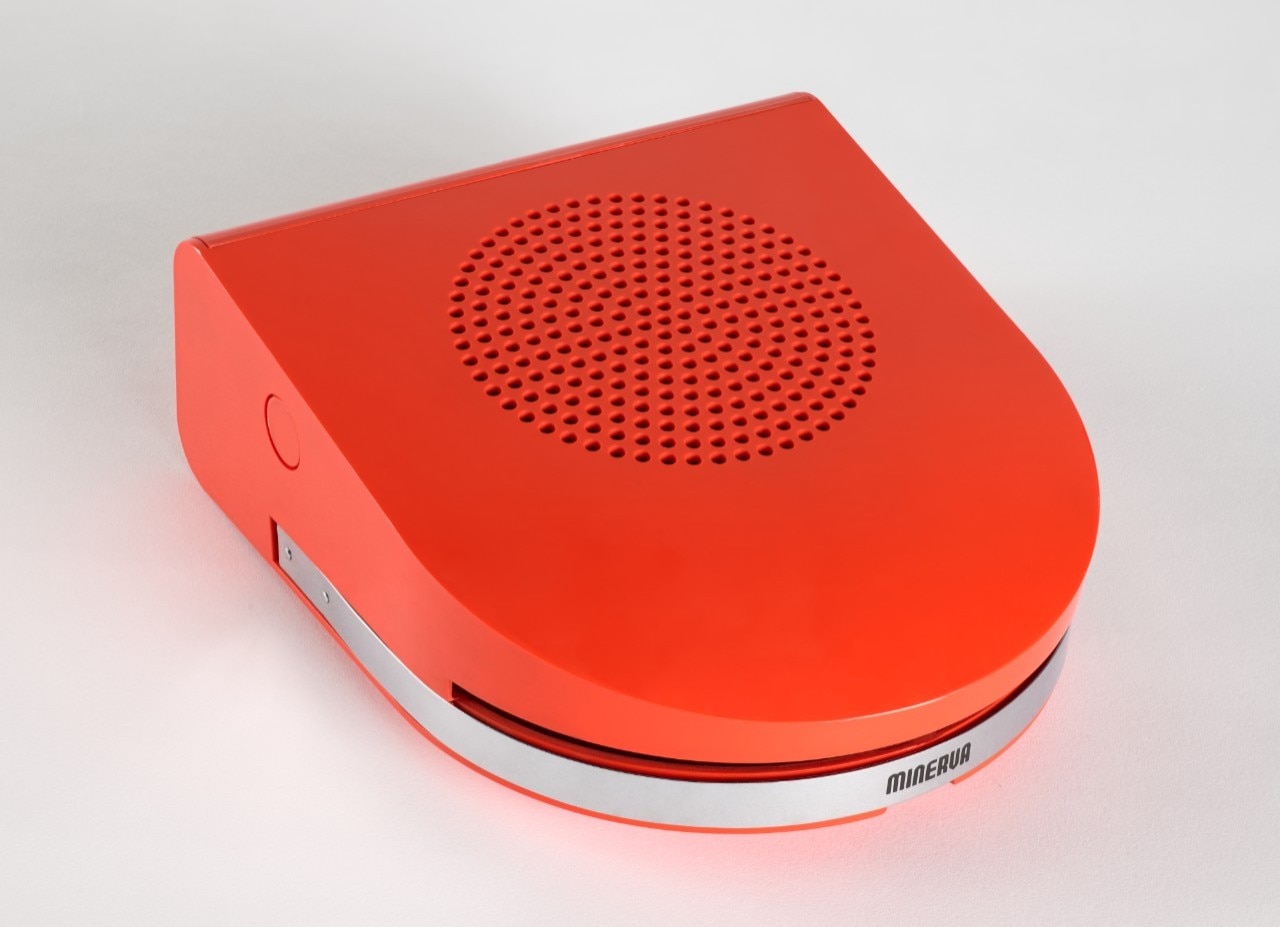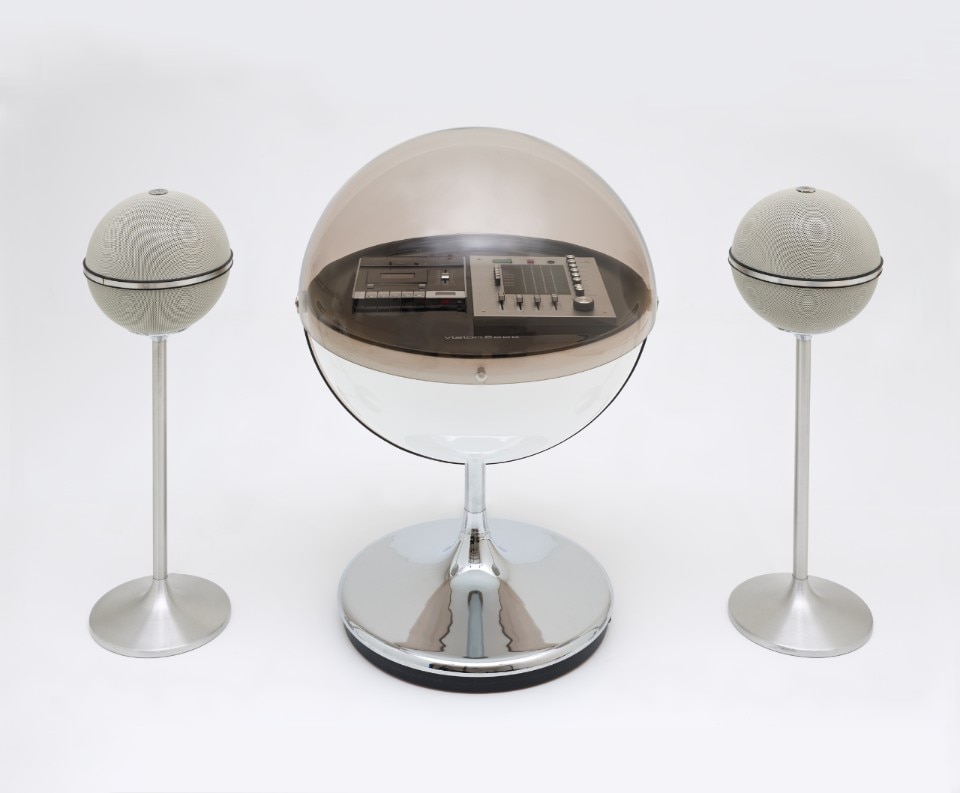In the beginning, there was the phonograph, followed by the gramophone, the turntable, the 8-track, and the cassette player, then the Walkman, the MP3, the CD, and finally, Spotify.
It’s not just the content that shapes the listening experience, the devices themselves play a crucial role.
The history of music is intertwined with its playback devices, which have evolved how we experience it. From the cylinder recordings of the phonograph to the disc playback of the gramophone, and eventually to the vinyl records of the turntable, each device has influenced the musical experience. With the advent of the 8-track and the cassette player, portable listening became accessible, while the Walkman revolutionized mobility. The MP3 and CD enhanced quality and convenience, and today, Spotify offers instant access to music through on-demand streaming. Each technological innovation has shaped not only how we listen but also how we live and share music.
These devices influence not only how we listen but also what we listen to. The characteristic sound of each player defines the tastes and sonorities of an era, leaving an imprint that often stays with us over time. Like the crackle of a needle on a vinyl record, a sound so iconic that it is often recreated digitally to evoke a nostalgic effect.
People love vinyl irrationally, just as they love many other things. There is meaning in carefully placing the record on the turntable and lowering the needle. It is a reverential, ritualistic gesture.
Tracey Thorn, singer, songwriter, writer, The New Statesman, 2017
"Art of Noise," a recent exhibition at SF MoMA, highlighted the pivotal role of audio playback devices in music history. Featuring innovations like the 1956 Braun SK-4 by Dieter Rams and Hans Gugelot and the 2024 Arborhythm by Yuri Suzuki, the exhibit traced the evolution from elegant furniture pieces to portable technologies. Many of these devices are now preserved as artworks in the SF MoMA's permanent collection. Explore 7 iconic examples of this progression in our gallery.

The Trafic parquet collection: a new language for spaces
Designers Marc and Paola Sadler draw on now-extinct urban scenarios to create an original and versatile product for Listone Giordano.









